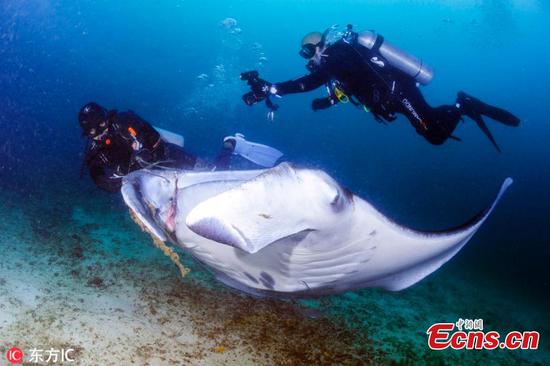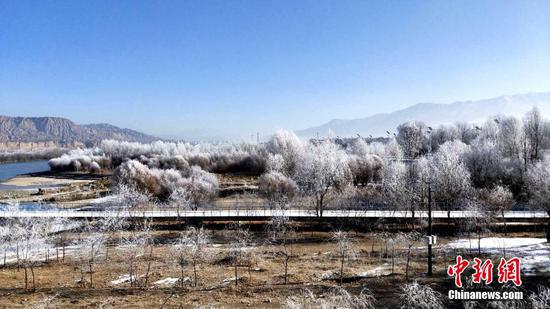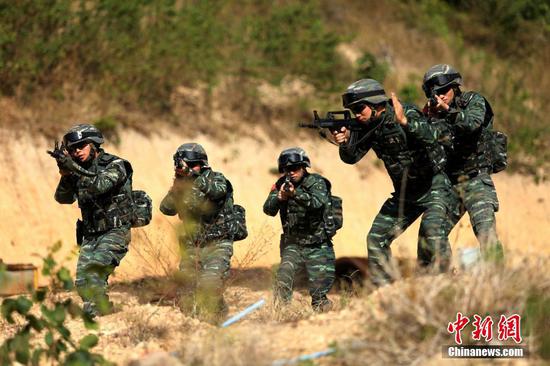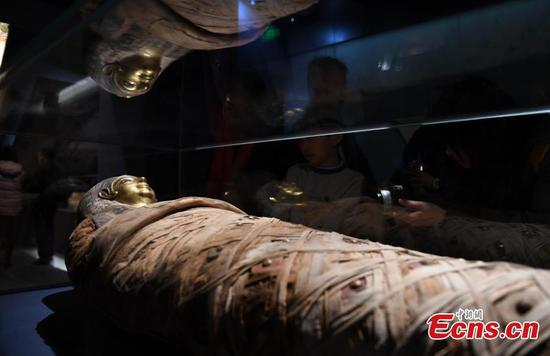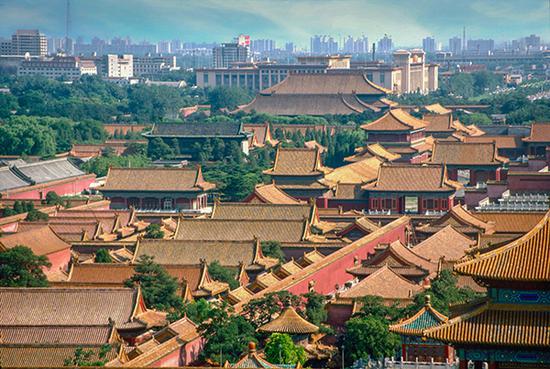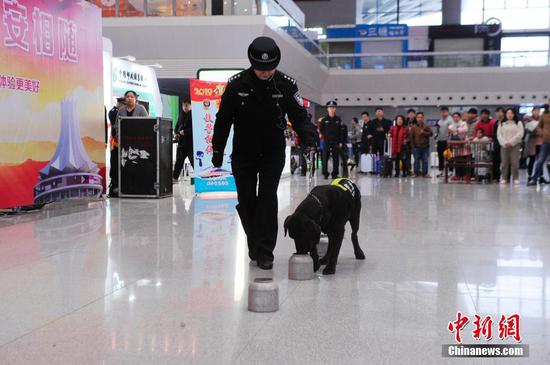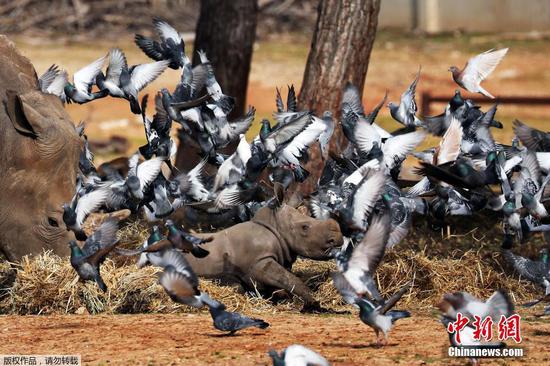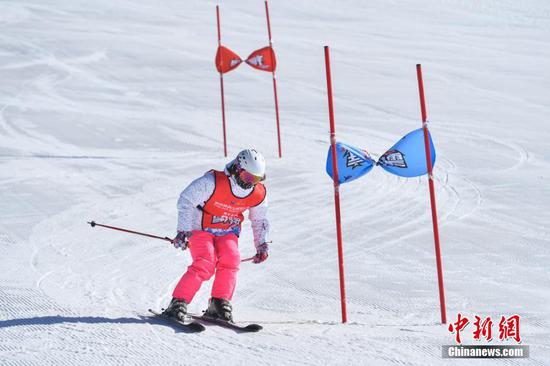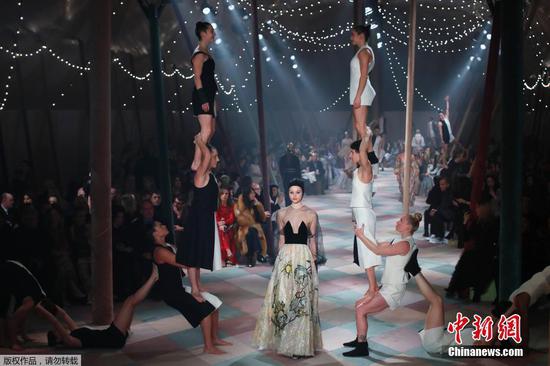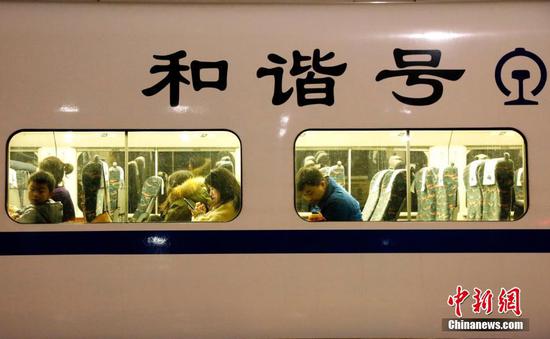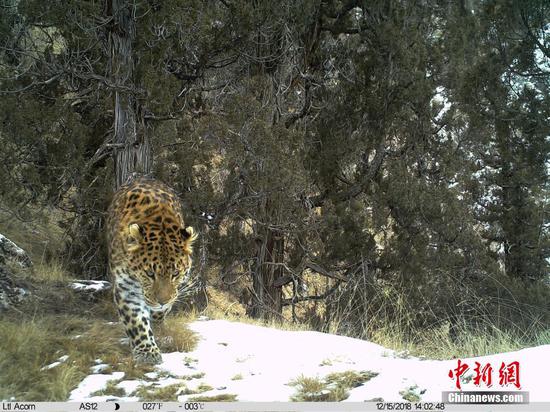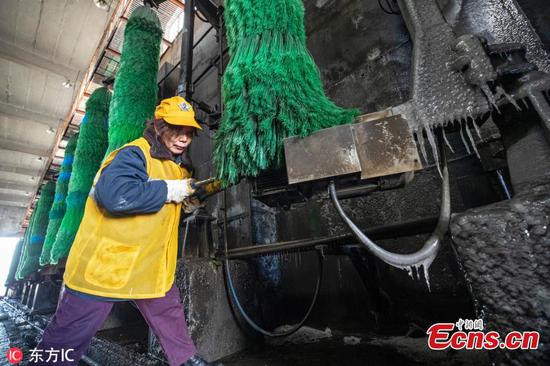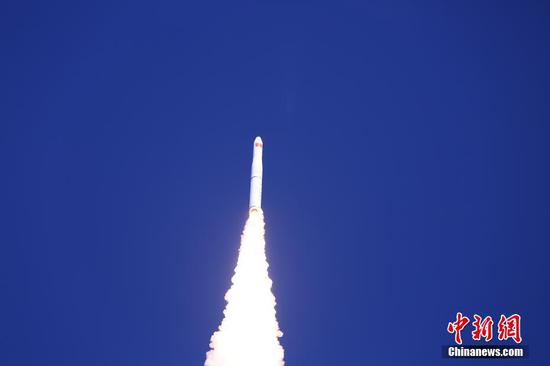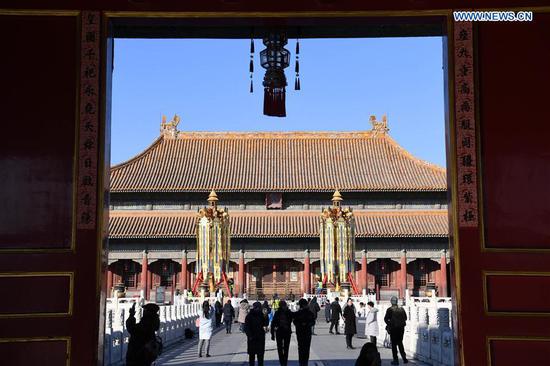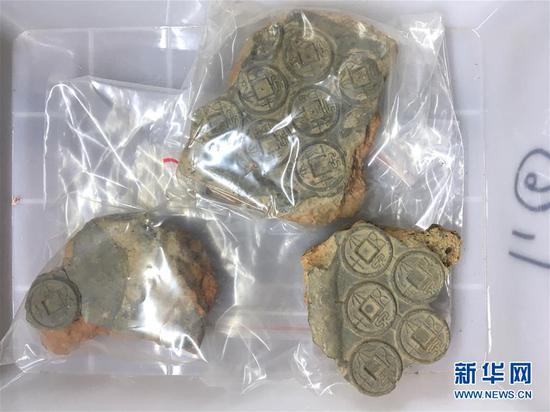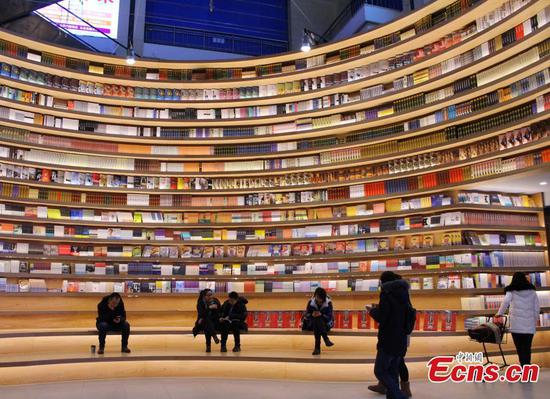257.5-billion-yuan targeted lending aims to bolster private and small businesses
China's central bank injected 257.5 billion yuan ($37.8 billion) of funds into the market on Wednesday, in a move to bolster the private sector and small businesses.
The People's Bank of China injected the liquidity via the targeted medium-term lending facility, or TMLF, an open market operation instrument it created in December to accurately ease financing woes faced by private and small enterprises.
For the first implementation of the TMLF, the PBOC set the annual interest rate of the funds at 3.15 percent, 15 basis points lower than the medium-term lending facility, or MLF, the central bank said on its website on Wednesday.
The funds have a maximum maturity of three years, longer than the no more than one year of the MLFs. The central bank said the funds will be lent to large commercial banks, joint-stock banks and major city commercial banks which file applications and comply with related requirements.
The requirements included "having the potential of further increasing loans for small and microenterprises and private enterprises after receiving the funds", showing that the TMLF aims to target private and small businesses.
"Compared with the MLFs, the TMLF provides commercial banks with funds of lower borrowing costs and longer maturity, facilitating their lending to private and small businesses," said Liu Chunsheng, an associate professor at the Beijing-based Central University of Finance and Economics.
Liu said that the lower interest rate of the TMLF enables banks to offer loans at lower interest rates while keeping their profits from the loans intact, and thus broadening the scope of small businesses who can afford bank loans.
Implementation of the TMLF, as well as the cuts in reserve requirement ratio in January, could also support the real economy by improving the overall liquidity conditions, Liu added.
The PBOC announced a cut in the ratio by 0.5 percentage point on Friday, after the other 0.5 percentage point cut on Jan 15. The cuts will inject net long-term funds of about 800 billion yuan, the PBOC said.
In the short term, the moves also aim to satisfy the large-scale cash needs before the Spring Festival, which falls on Feb 5, analysts said.
"Despite the loosening measures, China is not turning to an overall loose monetary stance," said Shen Jianguang, chief economist at JD Finance. Instead, the central bank focuses on targeted tools, Shen added, describing the TMLF as a "targeted interest rate cut".
Liu suggested strengthened policy coordination to make the targeted monetary policies better support the real economy.
"For example, China should avoid nationwide easing of restrictive policies on the property market, which will probably direct the liquidity released to support small enterprises into the property market ultimately," Liu said.
Fang Xinghai, deputy head of the China Securities Regulatory Commission, said on Tuesday that "we need to do more about the property market", as high housing prices have weighed on consumption. "I expect the Chinese economy to expand at about 6 percent in 2019," Fang said while attending the World Economic Forum in Davos, Switzerland.
China's GDP hit 90 trillion yuan for the first time in 2018, but grew only 6.6 percent, the lowest speed in 28 years, official data show.
A slower growth rate does not mean there is a big problem with the Chinese economy, Fang said. "If the economy faces more challenges, there would be a greater room for fiscal policies to bolster growth."














